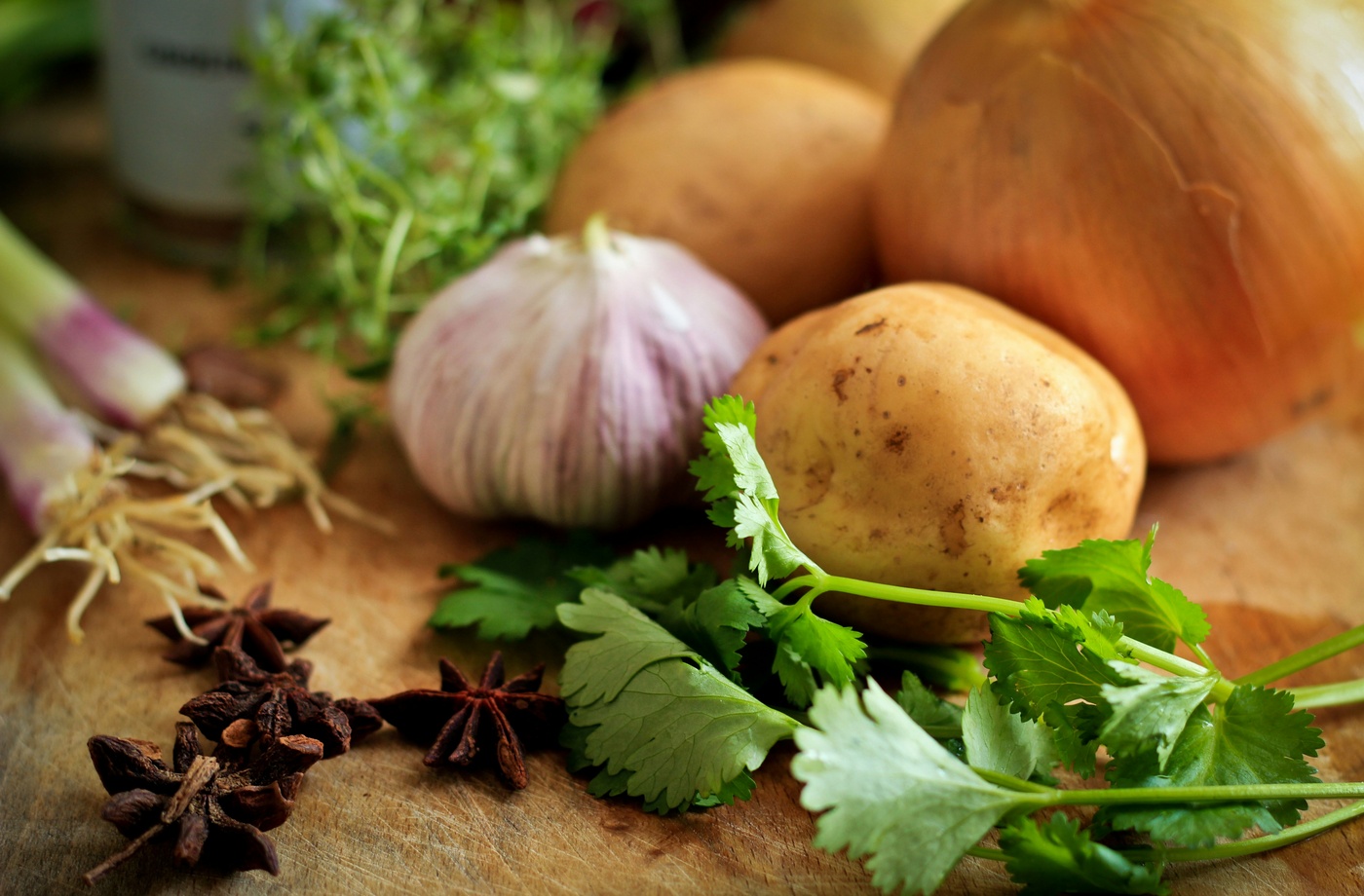You don’t need a sprawling garden—or even a backyard—to enjoy the flavor and convenience of fresh herbs. With the right setup, basil, thyme, and mint can thrive on a sunny windowsill or kitchen counter. Growing herbs indoors saves money, reduces waste, and brings fresh flavor to your meals year-round.
Even if you’ve never kept a plant alive, this step-by-step guide will help you successfully grow your own kitchen herb garden indoors.
- Start with the Right Herbs
Some herbs grow more easily indoors than others. Begin with these three forgiving favorites:
- Basil: Loves warmth and sunlight
- Thyme: Hardy and low-maintenance
- Mint: Grows quickly and tolerates lower light (but keep it in its own pot—it spreads fast)
- Choose the Right Container
Select pots with proper drainage holes to prevent root rot. You can use terra cotta pots, mason jars with rocks at the bottom, or countertop herb planters. Just make sure excess water can escape. - Use Quality Potting Soil
Don’t use outdoor soil. Instead, go with a light, well-draining organic potting mix suitable for herbs or indoor plants. This helps retain just enough moisture without smothering the roots. - Pick a Sunny Spot
Most herbs need at least 6 hours of direct sunlight per day. South- or west-facing windows work best. If you’re short on natural light, consider adding an LED grow light to simulate sunlight. - Water Smartly
Overwatering is the most common cause of herb failure indoors. Let the top inch of soil dry out between waterings. Mint prefers slightly more moisture, while thyme thrives in drier soil. - Trim Regularly to Encourage Growth
Snip your herbs often, even if you’re not using them. Regular harvesting keeps herbs from flowering or growing leggy.
- For basil: pinch just above a leaf node
- For thyme and mint: trim stems to about a third of their length
- Feed with Organic Fertilizer (Sparingly)
Use a diluted, all-purpose liquid fertilizer every 4–6 weeks to replenish nutrients in the soil. Herbs don’t need much, and overfeeding can affect flavor. - Watch for Pests or Mold
Keep an eye out for gnats, aphids, or fuzzy mold. Good airflow, proper watering, and wiping down leaves help prevent problems.
For more detailed herb-specific growing tips, check out The Spruce’s herb care guides.
Growing herbs indoors is low-commitment but high-reward. It’s a simple way to bring freshness to your meals, greenery to your kitchen, and a small win to your daily routine.



